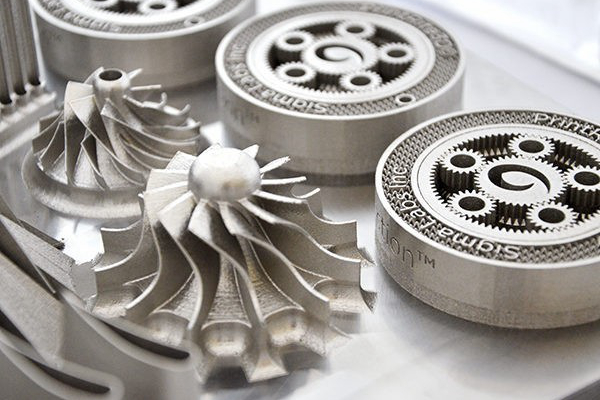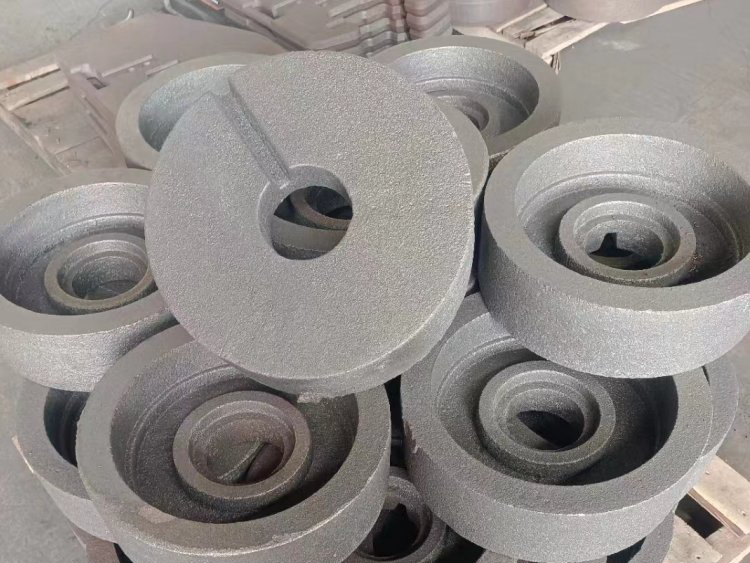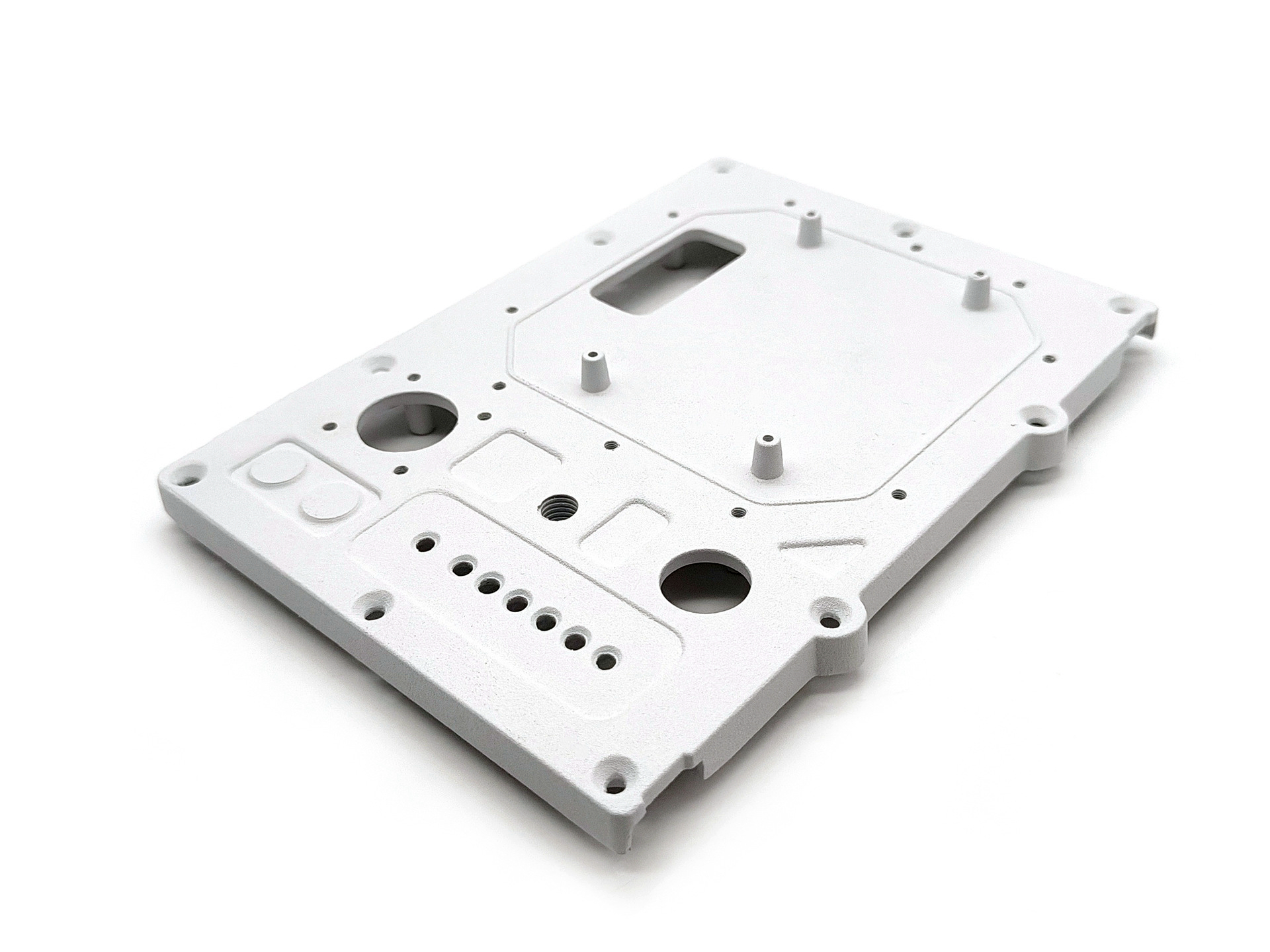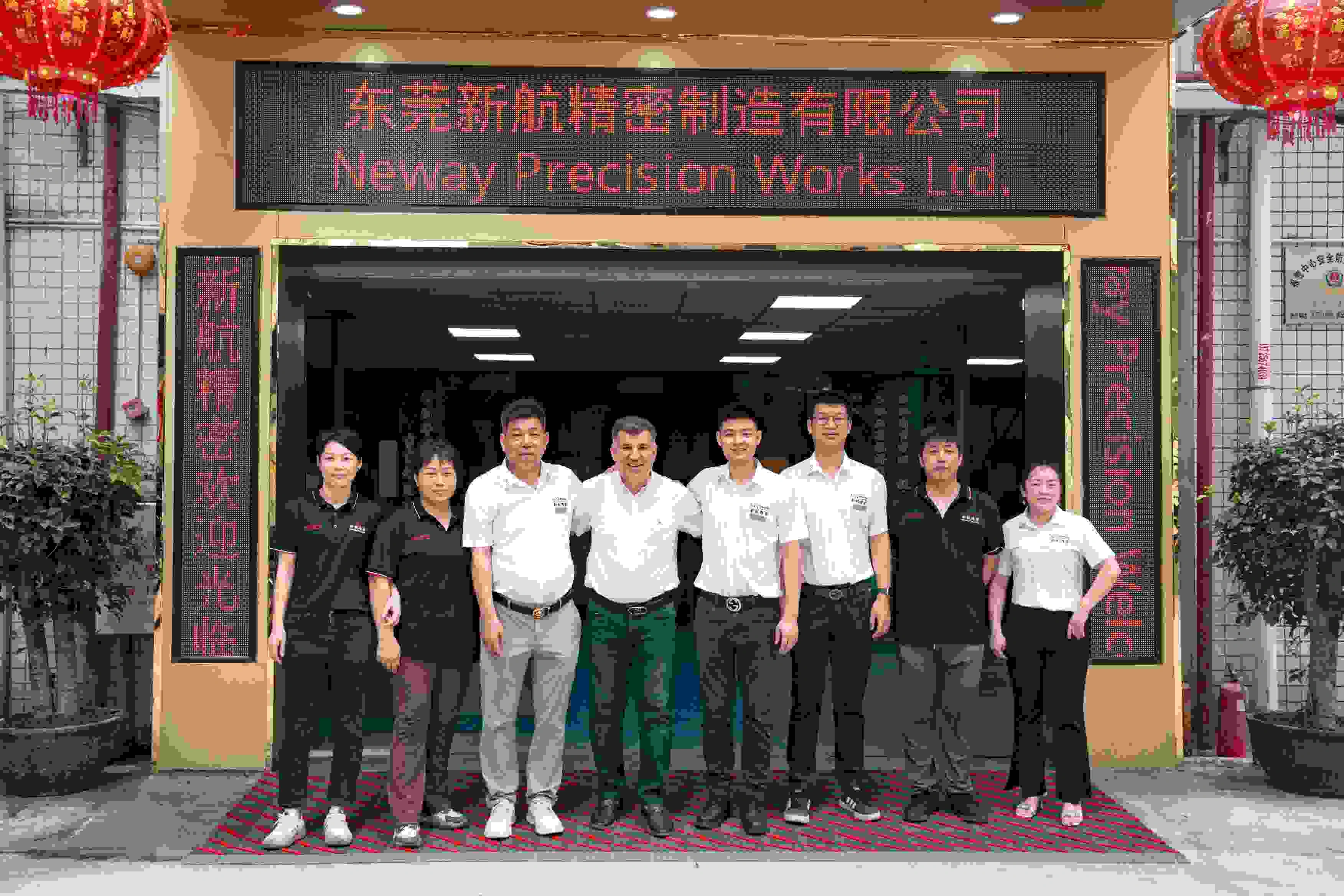What is the typical die life in heavy equipment applications?
What Is the Typical Die Life in Heavy Equipment Applications?
Die Life Expectations Based on Material and Process
In heavy equipment applications, where large, high-strength parts are produced at volume, die life typically ranges from 50,000 to over 200,000 shots, depending on alloy type, part complexity, and tooling material. For high-pressure aluminum die casting using alloys like A360 or A380, die life commonly falls within 80,000 to 120,000 cycles under standard process controls.
Zinc die casting, owing to its lower melting temperature, enables significantly longer tool life—typically 200,000 to over 1,000,000 cycles—especially when casting smaller, high-precision components like clamps, brackets, or housings in hydraulic and engine assemblies.
Factors That Influence Die Life in Heavy Equipment Casting
Several critical factors determine the longevity of die tools in heavy-duty applications:
Tooling Material: Premium steels such as H13, H13X, or Tool Steel S7 are essential for resisting thermal fatigue, erosion, and cracking under intense thermal cycling.
Casting Alloy: Copper-rich and silicon-heavy alloys increase thermal stress on tooling. For instance, C95400 aluminum bronze and C18200 reduce die life more rapidly due to higher melting points and abrasive properties.
Part Complexity and Wall Thickness: Thin-walled or deep-cavity parts lead to localized heat buildup, accelerating wear and die fatigue. Optimizing cooling channels and part design helps extend die life.
Surface Treatments on Dies: Applying treatments like nitriding, PVD coatings, or shot peening enhances surface hardness and improves resistance to thermal checking and adhesion.
Maintenance and Refurbishment Practices
Proper die maintenance significantly affects tool longevity. Scheduled polishing, crack inspection, thermal fatigue monitoring, and insert replacement can extend die life by 30–50%, especially for tools operating in abrasive or high-volume conditions. Dies in heavy equipment production are often built with replaceable cores or inserts to allow partial refurbishment without full tool replacement.
Recommended Die Casting Services for Heavy Equipment Parts
To ensure optimal tooling performance and part durability for heavy equipment, Neway provides:
Tool and Die Making: Using H13, S7, and other premium-grade materials for high-cycle life tools.
Aluminum Die Casting: Ideal for large, structural parts requiring mechanical strength and thermal resistance.
Copper Die Casting: Suitable for bushings and connectors requiring wear and conductivity performance.
We support the full die lifecycle, from initial design to long-term tool maintenance, ensuring your high-volume production remains cost-efficient and reliable.



